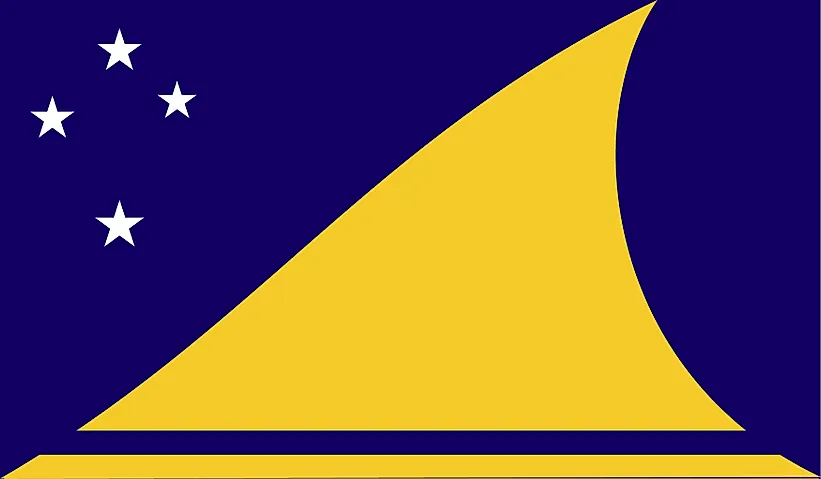
Tokelau
| Continent | Oceania |
| Capital | nan |
| Population | 1,285 |
| GDP | $1.50 Million |
| GDP per Capita | $1,000 |
| Dialing Code | +690 |
| ISO Code (2-letter) | TK |
| ISO Code (3-letter) | TKL |
Tokelau Landscapes






About Tokelau
Welcome to Tokelau, a unique territory of three coral atolls in the South Pacific. With approximately 1,500 people across 12 square kilometers, Tokelau represents one of the world’s smallest territories, combining traditional Polynesian lifestyle with modern challenges.
Geographic Features and Natural Beauty
Tokelau consists of three tropical coral atolls: Atafu, Nukunonu, and Fakaofo. Each atoll features a central lagoon surrounded by coral reefs and small islets (motu).
The atolls rise only a few meters above sea level, creating unique ecosystems adapted to marine conditions. The territory’s location provides rich marine biodiversity and stunning coral formations.
Conservation efforts focus on protecting marine resources and addressing climate change impacts. Tokelau’s commitment to environmental protection includes sustainable fishing practices and renewable energy initiatives.
Cultural Heritage and Traditions
Tokelauan culture maintains strong Polynesian traditions. The territory’s heritage includes traditional navigation skills, fishing practices, and communal living arrangements.
Traditional arts feature weaving, carving, and the creation of traditional tools. Cultural practices emphasize community cooperation, traditional ceremonies, and the preservation of the Tokelauan language.
Local cuisine centers around seafood and coconuts, with traditional cooking methods preserved through generations. The practice of inati (equal sharing of resources) remains central to social organization.
Historical Journey
Tokelau’s history spans from early Polynesian settlement through colonial periods. The atolls were traditionally connected to Samoa and other Pacific islands through navigation and trade.
Significant periods include traditional Polynesian governance, British colonial administration, and transfer to New Zealand administration in 1925. The territory maintains close ties with New Zealand while preserving local autonomy.
Modern Economic Landscape
Today’s Tokelauan economy combines traditional subsistence practices with modern elements. Fishing and coconut cultivation remain important activities.
Recent initiatives include renewable energy development, with Tokelau becoming the first territory to meet all its electricity needs through solar power. Internet domain revenue (.tk) provides additional resources.
International Relations and Global Position
Tokelau participates in regional Pacific organizations while maintaining its relationship with New Zealand. The territory’s environmental initiatives and renewable energy achievements attract international attention.
Did You Know?
• Tokelau is the first territory to meet 100% of its electricity needs through solar power?
• The territory’s internet domain (.tk) is one of the most widely used country-code domains?
• Traditional navigation skills are still practiced and passed down through generations?
• The territory operates without cars, with boats being the primary mode of transportation?
Conclusion
Tokelau represents a unique blend of traditional Pacific lifestyle and modern adaptation. From its coral atolls to its renewable energy achievements, from its traditional practices to its internet presence, Tokelau continues to evolve while preserving its cultural heritage. As it addresses challenges including climate change and economic development, Tokelau remains committed to sustainability while maintaining its distinctive identity in the Pacific.